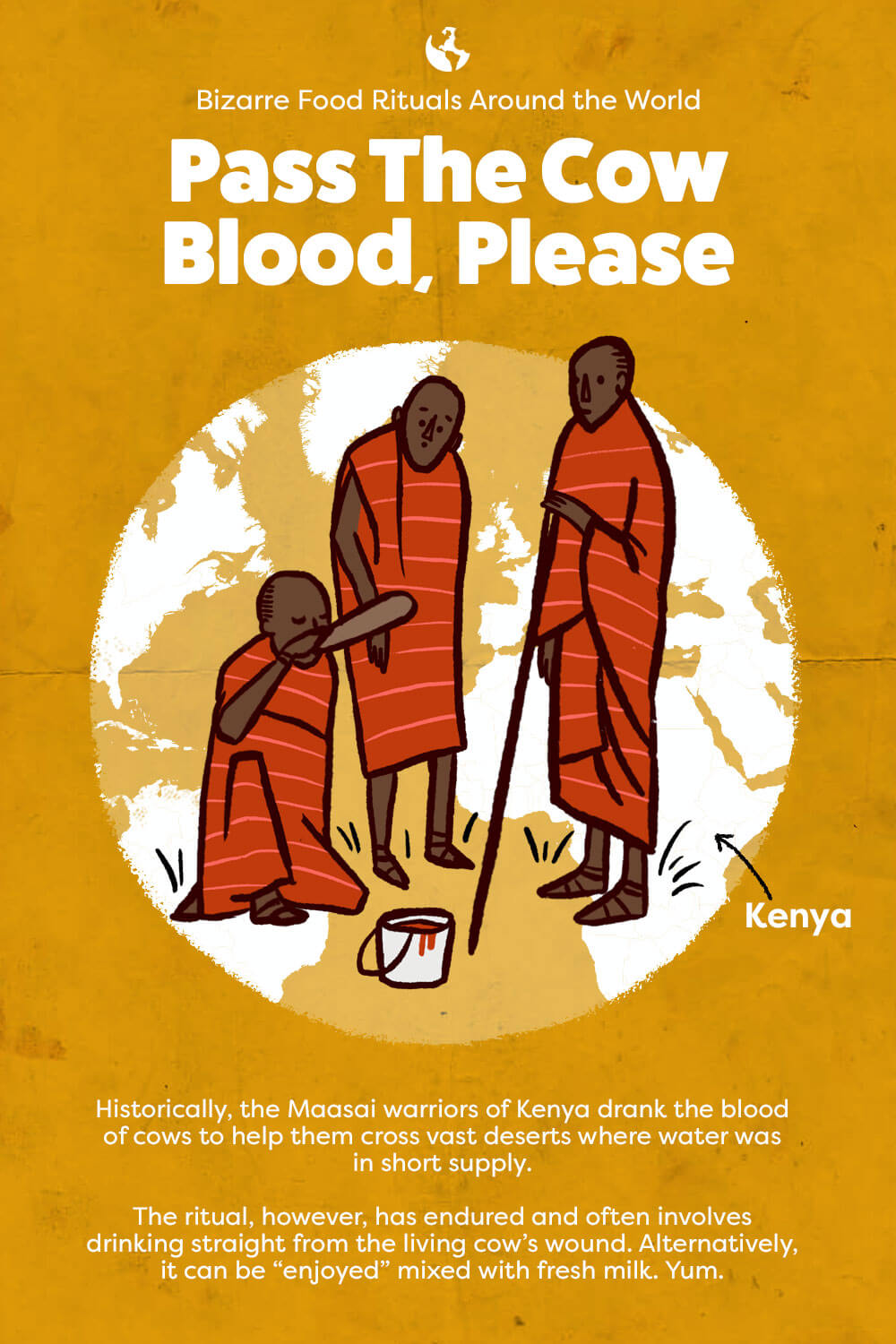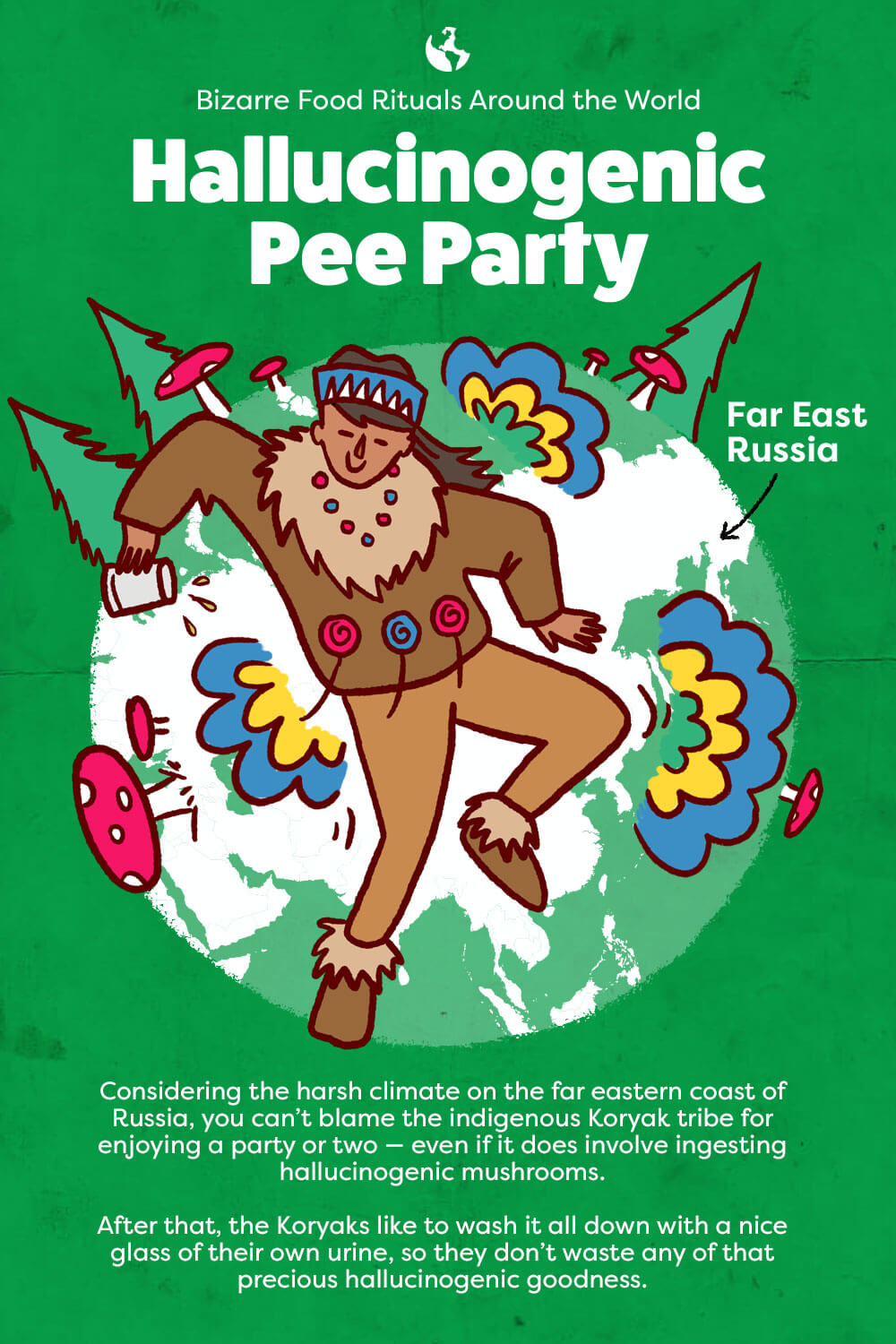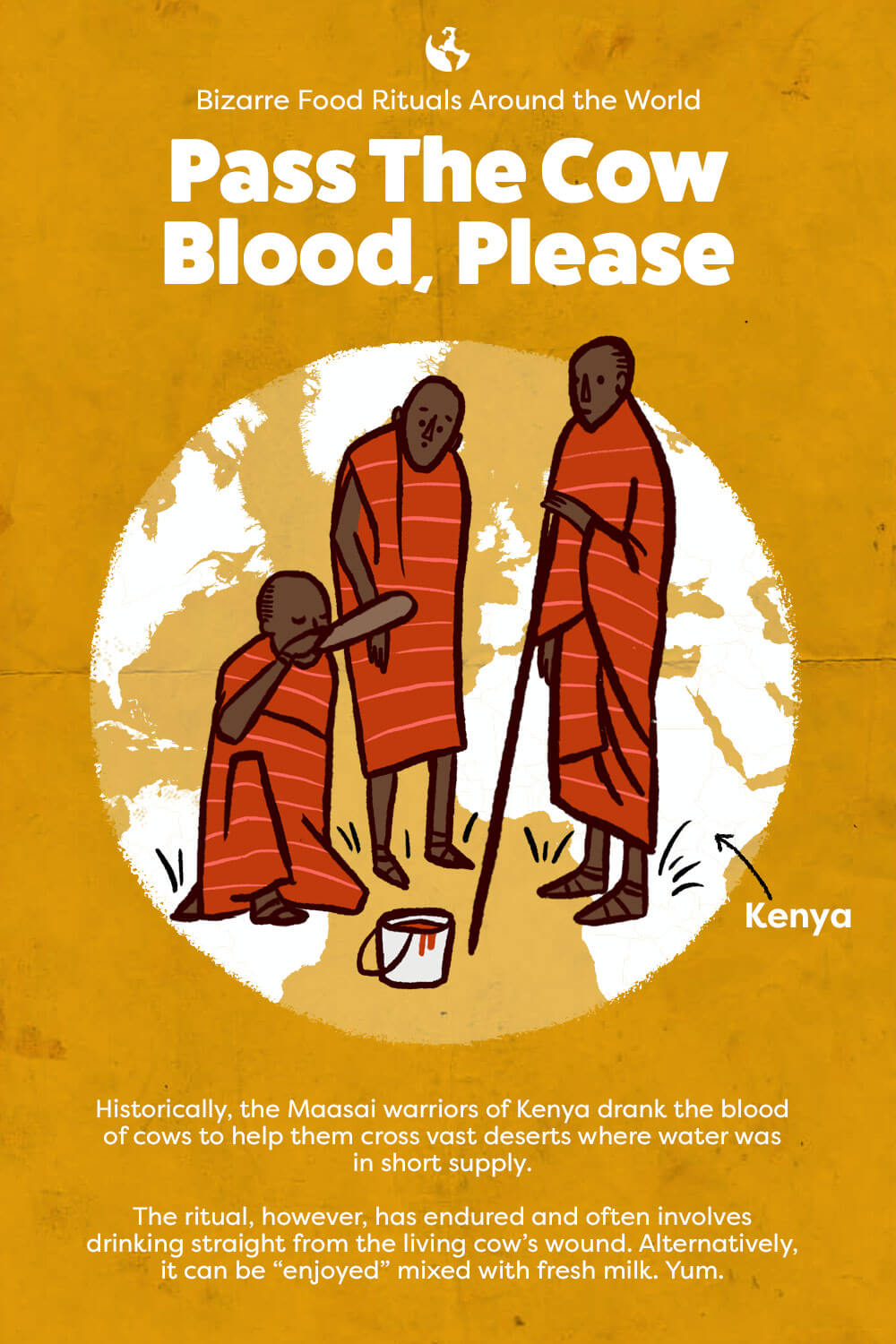Have you ever wondered why some cultures consider insects a delicacy while others shudder at the thought? Our world is a tapestry of fascinating traditions that might seem peculiar to outsiders but hold deep meaning for local communities. From the bustling streets of Tokyo to the remote villages of Peru, humanity has developed an incredible array of customs that challenge our understanding of normal.

Image credit: Amica International
In the heart of Southeast Asia, the centuries-old tradition of consuming birds nest soup represents more than just an unusual delicacy. Local harvesters risk their lives scaling treacherous cave walls to collect these precious swiftlet nests. The practice has evolved from simple sustenance to a symbol of luxury and prosperity in modern Asian cuisine.
The relationship between food and cultural identity takes an unexpected turn in Sardinia, where Casu Marzu tells a unique story. This traditional cheese deliberately contains live insect larvae, representing a complex dance between preservation techniques and acquired tastes. Despite modern food safety concerns, locals defend this practice as an integral part of their cultural heritage.

Image credit: Times of India
Moving beyond food customs, some communities have developed remarkable partnerships with local wildlife. In Myanmar, the Inthas of Inle Lake have mastered the art of fishing with the help of local cormorants. These fishermen have developed an intricate understanding with these birds over generations.
The bond between humans and animals manifests differently in northern Finland, where reindeer herding remains a way of life. The Sami people have developed an entire culture around these magnificent creatures, creating a complex language just to describe reindeer behavior and characteristics. Their traditions showcase how deeply animals can influence human society.

Image credit: Amica International
The threads of history often weave unexpected patterns into modern traditions. In parts of Europe, the centuries-old practice of well dressing continues despite its mysterious origins. Communities transform ordinary wells into spectacular art displays using natural materials, connecting ancient water worship to contemporary environmental awareness.
Cultural practices sometimes emerge from historical necessities before evolving into beloved traditions. The Japanese art of forest bathing, or Shinrin-yoku, began as a government initiative to combat workplace stress. Today, this practice has gained global recognition as people seek connection with nature in our digital age.
Traditions often transcend geographical boundaries in surprising ways. The practice of leaving offerings for supernatural beings appears in countless cultures, from Thai spirit houses to Mexican Day of the Dead altars. These parallel customs reveal shared human experiences across different continents.
Modern interpretations of ancient practices continue to evolve in unexpected ways. Urban communities worldwide have begun adapting traditional harvest festivals into contemporary celebrations of local food and sustainability. These adaptations show how ancient customs remain relevant in our rapidly changing world.
The fascinating world of human traditions reminds us that what seems strange to one person represents profound meaning to another. Through understanding these diverse practices, we gain insight into the incredible adaptability and creativity of human culture.
References:
Bizarre Food Rituals & Traditions Around the World – link
Strange Food Customs from Around the World – link
Categories: Ancient Rituals, Cultural Practices, Do you know, Food Traditions, World Customs
Tags: bizarre rituals, Cultural Heritage, Cultural Traditions, food customs, food rituals, indigenous practices, unusual traditions, world customs
Religion: Various
Country of Origin: Finland, Italy, Japan, Mexico, Myanmar, Peru, Thailand
Topic: Cultural Traditions
Ethnicity: Various


